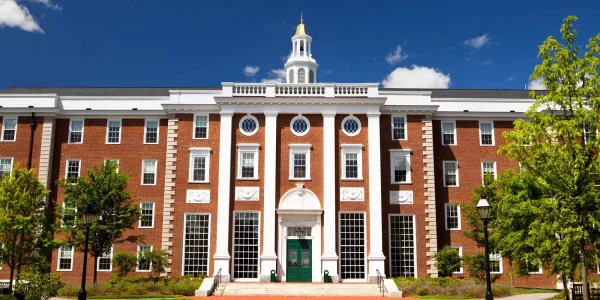The Cost of a College Education
As the students at South go through their high school years, everyone eventually has to decide what they want to do about college. Some may choose to join the military or head directly into the workforce, while others may choose to pursue a secondary education. All of these are solid choices for a graduating high school student. At South, there are a great many students who choose to pursue some sort of college education. For some of these students, the problem of college tuition will show itself to be an adverse obstacle. So let’s explore how our Titans solve this big problem.
Some of South’s students have part-time jobs, from which they earn money to pay off a portion of their college tuitions. Other students may earn scholarships from the colleges they wish to attend. Still, a large amount of graduating seniors pay for their college tuitions with their parents’ help. In this article, we will be taking a deeper look at this aspect of college.
No matter how you pay off your tuition, it may still be a large problem for you. There are many statistics that show how tuition costs have grown out of proportion of the years. According to a study done by the United States Department of Education and the National Center for Education Statistics, the average annual tuition of all institutions is an alarming $19,000. This figure averages public and private institutions, as well as two year and four year colleges. This high price tag does not look like it is going down any time soon. In fact, this number is at its all-time high. When compared to those of other nations, U.S. tuition costs are extremely high. In many developed countries, including Germany and France, the cost of tuition is effectively zero dollars and zero cents.
The reason for this is quite simple. Part of it is that college education is no longer a privilege; it is almost an expectation. According to We Are a College-Going Nation, over 90 percent of students say they hope to attend college. More than ever, students are attending colleges and achieving higher education. According to the National Center for Education Statistics, just in the decade of 1991 to 2001, enrollment in degree-granting institutions increased by 11 percent. Then in the next decade, from 2000 to 2010, U.S. News reports that college enrollment experienced a 13 percent increase. These numbers mean that colleges are receiving more applicants. As the demand for their “services” increases, the law of supply and demand states that cost will increase accordingly. This is exactly what college tuition costs have done—increased without bound.
Another main part of reason is fueled by this increase in demand for education. Many people have probably heard the term “for-profit” school. “For-profit schools” are colleges and universities that focus on making money. In other words, the administrators view their school as a business. Accordingly, business models are laid out, and this almost always harms college students. According to Bloomberg Investigation, Limited Partnership, for-profit colleges have become a $30 billion-a-year industry that targets vulnerable populations. The United States government has tried to regulate these abuses, but these colleges filed a law-suit against the federal government. The colleges won. In one case, a college set a quota for the graduation percentage, which meant that professors had to fail a certain amount of students in each class. Why did they do this? So that students who fail come back a second time and pay their tuitions all over again. This is the problem.
Can this issue ever be resolved? The answer is no, because colleges know that you are going to pay them one way or another. So what can we do, as students of CB South? First of all, we must make the most of our college education, no matter where that may take place. We must live up to the cost of our education, and make sure that we are getting what we are paying for.


